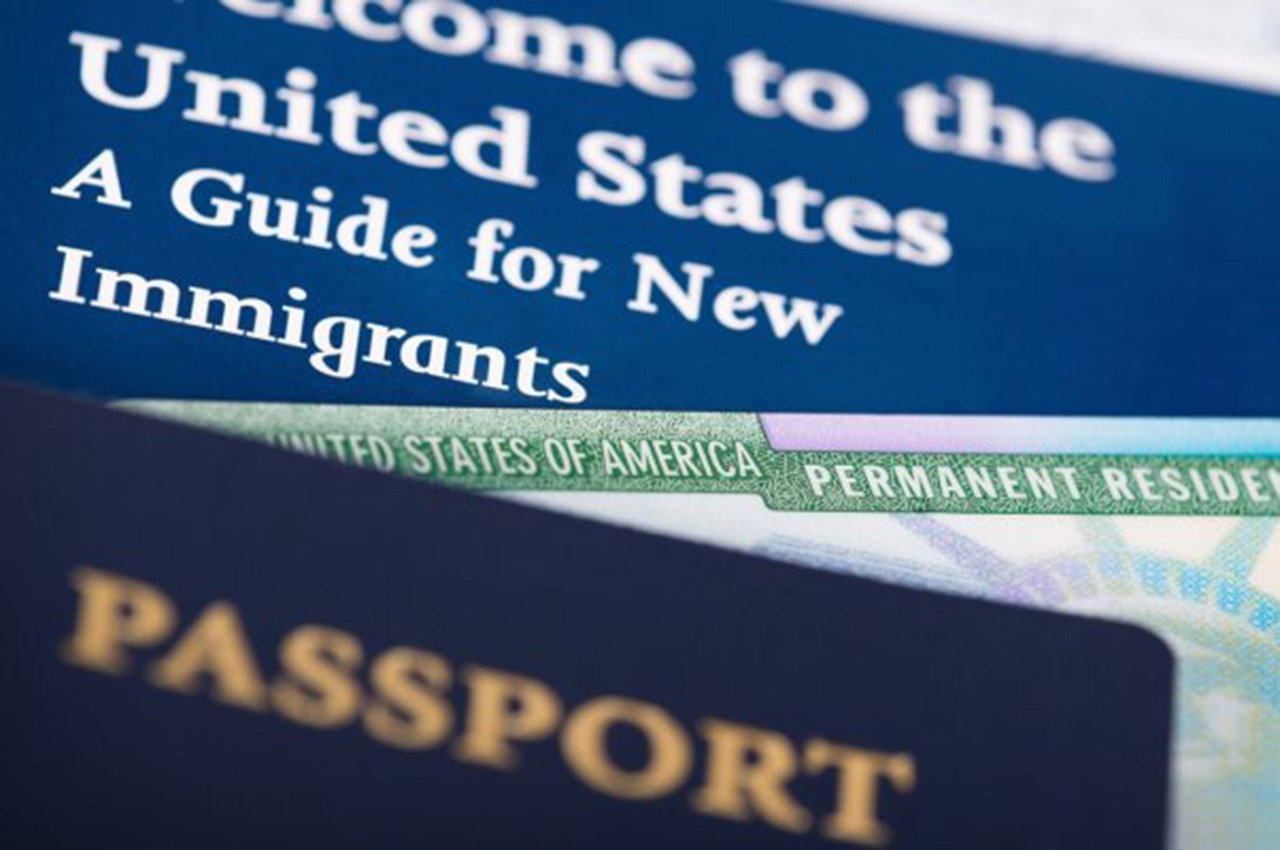The tightening of H1-B Visa norms has spurned Indians, and shifted their attention towards the EB-5 Visa Program, where the numbers of Indian applicants have potentially outnumbered Chinese applicants. The number of EB-5 visas issued to Indians touched a record 174 between October 2016 and 2017, up from 149 in the corresponding year-ago period.
EB-5 Visa, also known as ‘Cash for Visa’ or the ‘Golden Visa’, allows individuals to apply for lawful residence (not citizenship) for themselves, their spouse and children below 21 years of age, if they make an investment of USD one million (which translates to ₹6.5 crore) and create permanent jobs for at least 10 full time US citizen workers.
An amount of almost $120 million has been invested by Indians in the United States through the EB-5 Visa Program in 2018. “Two years back, most people were not aware of the existence of the EB-5 Program. However, now the awareness has skyrocketed, and therefore, the number of applications has increased enormously,” said Mark Davies, Chairman and Managing Attorney of Davies and Associates, New York City.
Vivek Tandon, CEO of EB-5 BRICS, an advisory firm in California said, “The EB-5 Visa Program has been in existence since last 30 years. Since 2015, there have been many proposals to increase the investment amount. This could have an adverse effect on the number of applications being filed out of India.”
EB-5 Visa gives 10,000 visas every year with no country allowed more than 7% of its share. This amounts to only 700 visas per country. If applicants from any country surpass the limit of slots, they are put on the waitlist, which has now happened with Chinese applicants. But after the application closes, mostly the slots go to the waitlisted. In 2014, 84% of slots went to Chinese applicants who were waitlisted.
However, it has been observed that demand from China is falling because of the time engaged and the long wait that follows and because of the limited slots.
At the same time, EB-5 Visa should not be seen as a substitute to H1-B Visa because sourcing employees through this can be very costly.









